
- •Textbook Series
- •Contents
- •1 Definitions
- •Introduction
- •Abbreviations
- •Definitions
- •2 International Agreements and Organizations
- •The Chicago Convention
- •International Law
- •Commercial Considerations
- •Customs and Excise, and Immigration
- •International Obligations of Contracted States
- •Duties of ICAO Member States
- •Status of Annex Components
- •The International Civil Aviation Organization (ICAO)
- •The Organization of ICAO
- •Regional Structure of ICAO
- •Regional Structure and Offices
- •ICAO Publications
- •Other International Agreements
- •The Conventions of Tokyo, the Hague and Montreal
- •The Warsaw Convention
- •The Rome Convention
- •IATA
- •ECAC
- •EASA
- •Eurocontrol
- •World Trade Organization
- •Geneva Convention
- •EU Regulation 261/2004
- •Questions
- •Answers
- •3 Airworthiness of Aircraft
- •Introduction
- •Airworthiness
- •Questions
- •Answers
- •4 Aircraft Nationality and Registration Marks
- •Introduction
- •Nationality and Registration Marks
- •Certification of Registration
- •Aircraft Markings
- •Classification of Aircraft
- •Questions
- •Answers
- •5 Flight Crew Licensing
- •Introduction
- •Definitions
- •General Rules Concerning Licensing
- •Licences and Ratings for Pilots
- •Multi-crew Pilot Licence (MPL)
- •Instrument Rating (Aeroplane) (IR(A))
- •Instructor and Examiner Rating
- •JAR-FCL 3 Medical Requirements
- •Pilot Proficiency
- •EASA Theoretical Knowledge Examinations
- •Questions
- •Answers
- •6 Rules of the Air
- •History
- •Applicability of the Rules of the Air
- •General Rules
- •Visual Flight Rules
- •Instrument Flight Rules
- •Semi-circular Flight Level Rules and RVSM
- •Special VFR
- •Distress and Urgency Signals
- •Restricted, Prohibited or Danger Areas
- •Signals for Aerodrome Traffic
- •Marshalling Signals
- •Flight Deck Signals
- •Questions
- •Answers
- •Instrument Procedures
- •PANS OPS
- •Instrument Departure Procedures
- •Questions
- •Answers
- •8 Approach Procedures
- •Procedure Basics
- •Approach Procedure Design
- •Obstacle Clearance Altitude/Height
- •Operating Minima
- •Descent Gradients
- •Track Reversal and Racetracks
- •Missed Approach Segment and Procedure
- •Published Information
- •RNAV Approach Procedures based on VOR/DME
- •Questions
- •Answers
- •9 Circling Approach
- •Circling Approach
- •Questions
- •Answers
- •10 Holding Procedures
- •Holding Procedures
- •Entry Sectors
- •ATC Considerations
- •Obstacle Clearance
- •Questions
- •Answers
- •11 Altimeter Setting Procedure
- •Altimeter Setting Objectives
- •Transition
- •Phases of Flight
- •Questions
- •Answers
- •12 Parallel or Near-parallel Runway Operation
- •Safety
- •Runway Spacing
- •Questions
- •Answers
- •13 SSR and ACAS
- •Airborne Collision Avoidance System (ACAS)
- •Questions
- •Answers
- •14 Airspace
- •Introduction
- •Control Areas and Zones
- •Classes of Airspace
- •Required Navigation Performance (RNP)
- •Airways and ATS Routes
- •Questions
- •Answers
- •15 Air Traffic Services
- •Introduction
- •Air Traffic Control
- •ATC Clearances
- •Control of Persons and Vehicles at Aerodromes
- •The Flight Information Service
- •The Alerting Service
- •Procedures
- •Questions
- •Answers
- •16 Separation
- •Concept of Separation
- •Vertical Separation
- •Horizontal Separation
- •Radar Separation
- •Procedural Wake Turbulence Separation
- •Radar Wake Turbulence Separation
- •Visual Separation in the Vicinity of Aerodromes
- •Stacking
- •Questions
- •Answers
- •17 Control of Aircraft
- •Procedural ATC
- •Radar Control
- •Radar Identification
- •Radar Service
- •Aerodrome Control
- •Approach Control Service
- •Air Traffic Advisory Service
- •Aircraft Emergencies
- •Questions
- •Answers
- •18 Aeronautical Information Service (AIS)
- •Introduction
- •General
- •The Integrated Aeronautical Information Package
- •The Aeronautical Information Publication (AIP)
- •Notices to Airmen (NOTAM)
- •SNOWTAM
- •ASHTAM
- •Aeronautical Information Circulars (AICs)
- •Pre-flight and Post-flight Information
- •Questions
- •Answers
- •Introduction
- •Aerodrome Reference Code
- •Glossary of Terms
- •Aerodrome Data
- •Runways
- •Taxiways
- •Aprons
- •Questions
- •Answers
- •Requirements
- •Visual Aids for Navigation
- •Runway Markings
- •Taxiway Markings
- •Signs
- •Markers
- •Visual Docking Guidance Systems
- •Questions
- •Answers
- •21 Aerodrome Lighting
- •Aerodrome Lights
- •Approach Lighting Systems
- •Runway Lighting
- •Taxiway Lighting
- •Questions
- •Answers
- •22 Obstacle Marking and Aerodrome Services
- •Introduction
- •Visual Aids for Denoting Obstacles
- •Visual Aids for Denoting Restricted Use Areas
- •Emergency and Other Services
- •Other Aerodrome Services
- •Questions
- •Answers
- •23 Facilitation
- •Entry and Departure of Aircraft
- •Questions
- •Answers
- •24 Search and Rescue
- •Definitions and Abbreviations
- •Establishment and Provision of SAR Service
- •Co-operation between States
- •Operating Procedures
- •Questions
- •Answers
- •25 Security
- •Introduction
- •Objectives
- •Organization
- •Preventative Security Measures
- •Management of Response to Acts of Unlawful Interference
- •Further Security Information
- •Questions
- •Answers
- •26 Aircraft Accident and Incident Investigation
- •Introduction
- •Objective of Investigation
- •Investigations
- •Serious Incidents
- •EU Considerations
- •Questions
- •Answers
- •27 Revision Questions
- •Revision Questions
- •Answers
- •EASA Specimen Examination
- •Answers to Specimen EASA Examination
- •28 Addendum – EASA Part-FCL & Part-MED
- •Chapter Five. Flight Crew Licensing
- •European Aviation Safety Agency (EASA)
- •Licences
- •Ratings
- •Certificates
- •EASA Part-MED
- •29 Index

Chapter
28
Addendum – EASA Part-FCL & Part-MED
Chapter Five. Flight Crew Licensing . . . . |
. . |
. . |
. . |
. . . . . . . . |
. . |
. |
. |
539 |
European Aviation Safety Agency (EASA) |
|
|
|
|
|
|
|
539 |
Licences . . . . . . . . . . . . . . |
. . |
. . |
. . |
. . . . . . . . |
. . |
. |
. |
543 |
Ratings |
|
|
|
|
|
|
|
549 |
Certificates . . . . . . . . . . . . |
. . . |
. . |
. . |
. . . . . . . |
. . |
. . |
|
. 551 |
EASA Part-MED . . . . . . . . . . . |
. . . |
. . |
. . |
. . . . . . . |
. . |
. |
. |
553 |
537
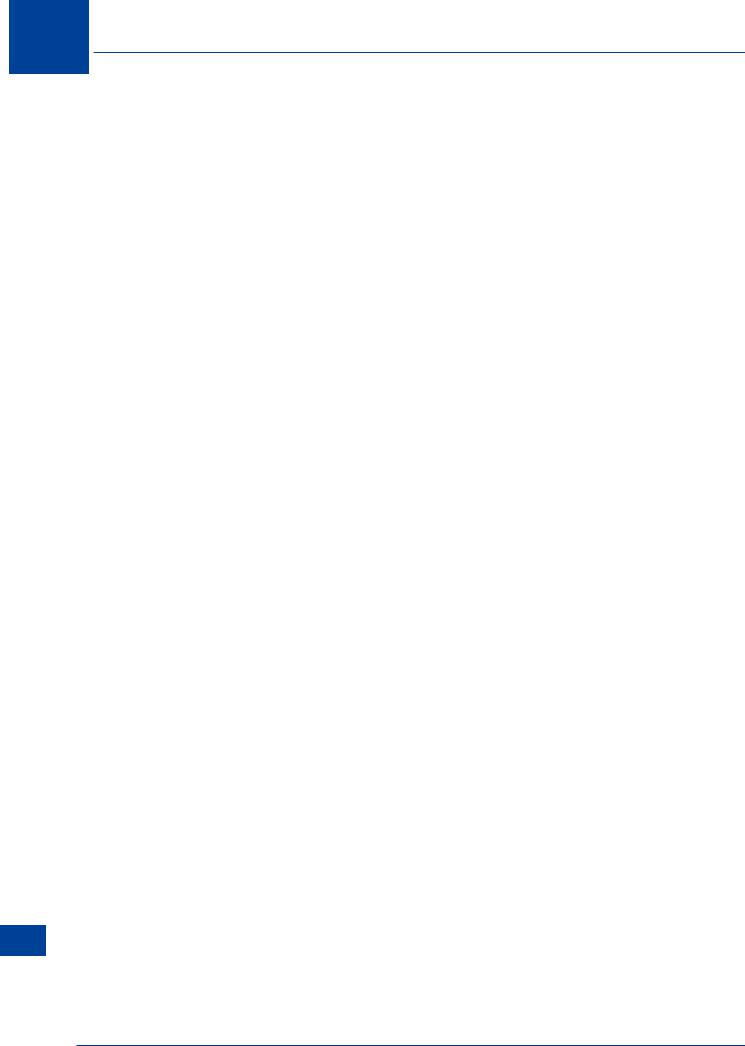
28 Addendum – EASA Part-FCL & Part-MED
28 MED-Part & FCL-Part EASA – Addendum
538
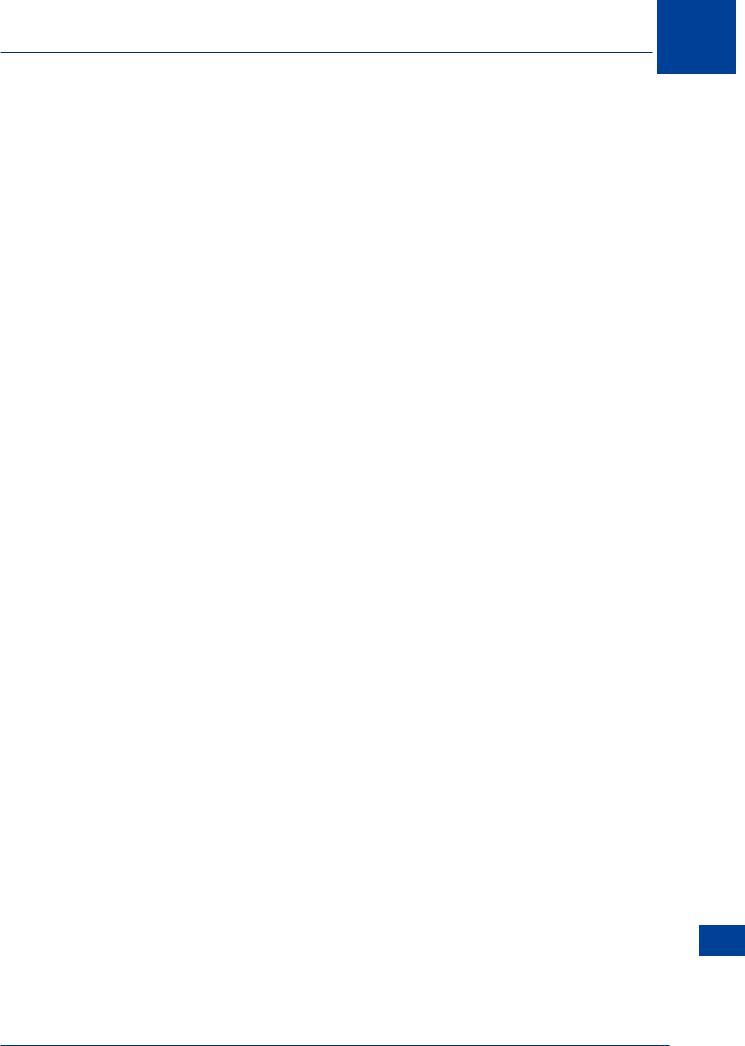
Addendum – EASA Part-FCL & Part-MED 28
Chapter Five. Flight Crew Licensing
This chapter should be studied as soon as the JAA Learning Objectives covering Air Crew Licensing are modified to be in accordance with EASA Part-FCL and EASA Part-MED.
European Aviation Safety Agency (EASA)
5.1Documentation
EASA Part-FCL is the equivalent of JAR FCL1
This part establishes the requirements for the issue of pilot licences and associated ratings and certificates and the conditions of their validity and use.
• EASA Part-MED is the equivalent of JAR FCL3
This part establishes the requirements for the issue, validity, revalidation and renewal of the medical certificate required for exercising the privileges of a pilot licence or of a student licence.
5.2Terminology and Abbreviations
Aeroplane – an engine-driven fixed-wing aircraft heavier than air which is supported in flight by the dynamic reaction of the air against its wings.
ATO - Approved Training Organization
CAT – Commercial Air Transport
Competent Authority – an authority designated by the Member State to whom a person applies for the issue of pilot licences or associated ratings or certificates.
Co-pilot – a pilot operating other than the pilot in command, on an aircraft for which more than one pilot is required, but excluding a pilot who is on board the aircraft for the sole purpose of receiving flight instruction for a licence or rating.
Cross-country – a flight between a point of departure and a point of arrival following a preplanned route, using standard navigation procedures.
Dual Instruction Time - flight time or instrument ground time during which a person is receiving flight instruction from a properly authorized instructor.
Full Flight Simulator (FFS) – a full size replica of a specific type or make, model and series aircraft flight deck including all equipment and computer programmes necessary to represent the aircraft in ground and in flight operations, a visual system providing an out-of-the-deck view and a force cueing motion system.
Flight Time – the total time from the moment an aircraft first moves for the purpose of taking off until the moment it finally comes to rest at the end of the flight.
FSTD – Flight Simulator Training Device. This simulator does not require force cueing motion or a visual system.
28 Addendum – EASA Part-FCL & Part-MED
539
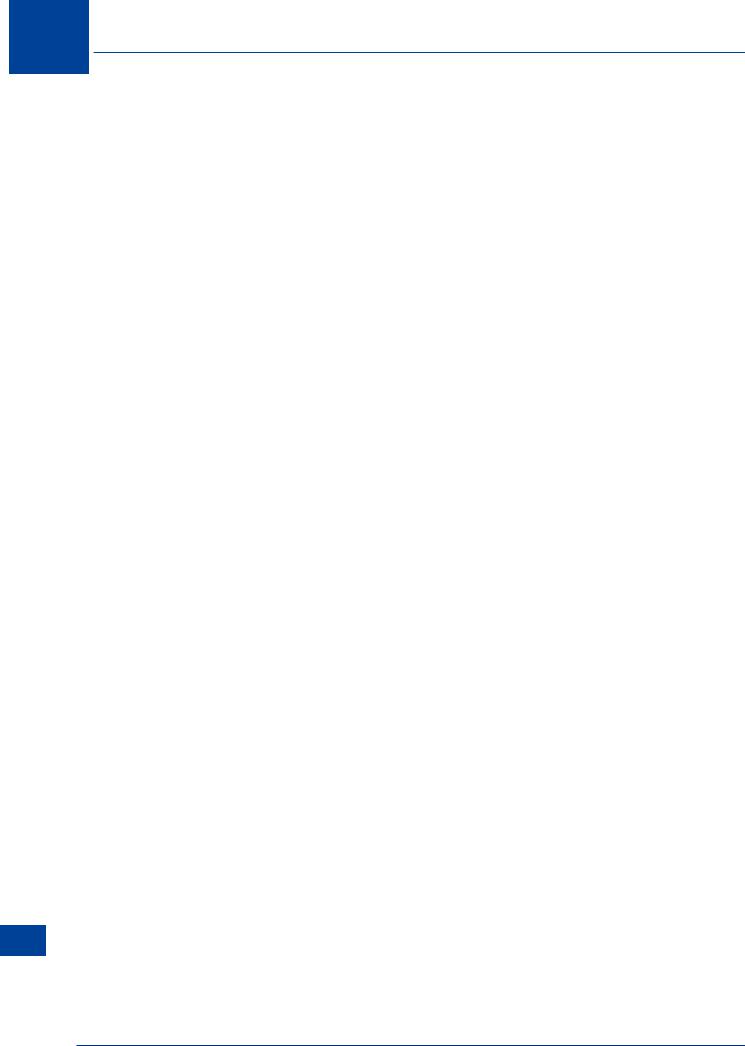
28 Addendum – EASA Part-FCL & Part-MED
28 MED-Part & FCL-Part EASA – Addendum
Instrument Flight Time – the time during which a pilot is controlling an aircraft in flight solely by reference to instruments.
Instrument Ground Time – the time during which a pilot is receiving instruction in simulated instrument flight, in flight simulation training devices (FSTDs).
IR – Instrument Rating.
LAPL(A) - Light Aircraft Pilot Licence (Aeroplanes).
Night – the period between the end of evening civil twilight and the beginning of morning civil twilight or such other period between sunset and sunrise as may be prescribed by the appropriate authority, as defined by a Member State.
Pilot in command (PIC) – the pilot designated as being in command and charged with the safe conduct of the flight.
Pilot in command Under Supervision (PICUS) – a co-pilot performing, under the supervision of the pilot in command, the duties and the functions of a pilot in command.
Proficiency Check – the demonstration of skill to revalidate or renew ratings, and including such oral examination as may be required.
Renewal – the administrative action taken after a rating or certificate has lapsed for the purpose of renewing the privileges of the rating or certificate for a further specified period.
Revalidation - the administrative action taken within the period of validity of a rating or certificate which allows the holder to continue to exercise the privileges of the rating or certificate for a further specified period.
Student Pilot in command (SPIC) – a student pilot acting as pilot in command on a flight with an instructor where the latter will only observe the student pilot and shall not influence or control the flight of the aircraft.
Touring Motor Glider (TMG) – a specific class of powered sailplane having an integrally mounted, non-retractable engine and non-retractable propeller. It shall be capable of taking off and climbing under its own power according to its flight manual.
5.3 Application & Issue of Licences, Ratings & Certificates. Any application for the issue, revalidation or renewal of licences, ratings or certificates shall be submitted to the competent authority in the manner and form approved by that authority.
A person shall not hold more than one licence per category of aircraft.
5.4Theoretical Knowledge Examinations
Responsibilities of the applicant
Applicants shall take the entire set of examinations for a licence or rating under the responsibility of one Member State.
Applicants must be recommended by an ATO before sitting the examinations and having attended an approved training course. The recommendation is valid for 12 months. Should the applicant fail to attempt at least one examination paper within this 12 months, further training must take place as determined by the ATO.
540
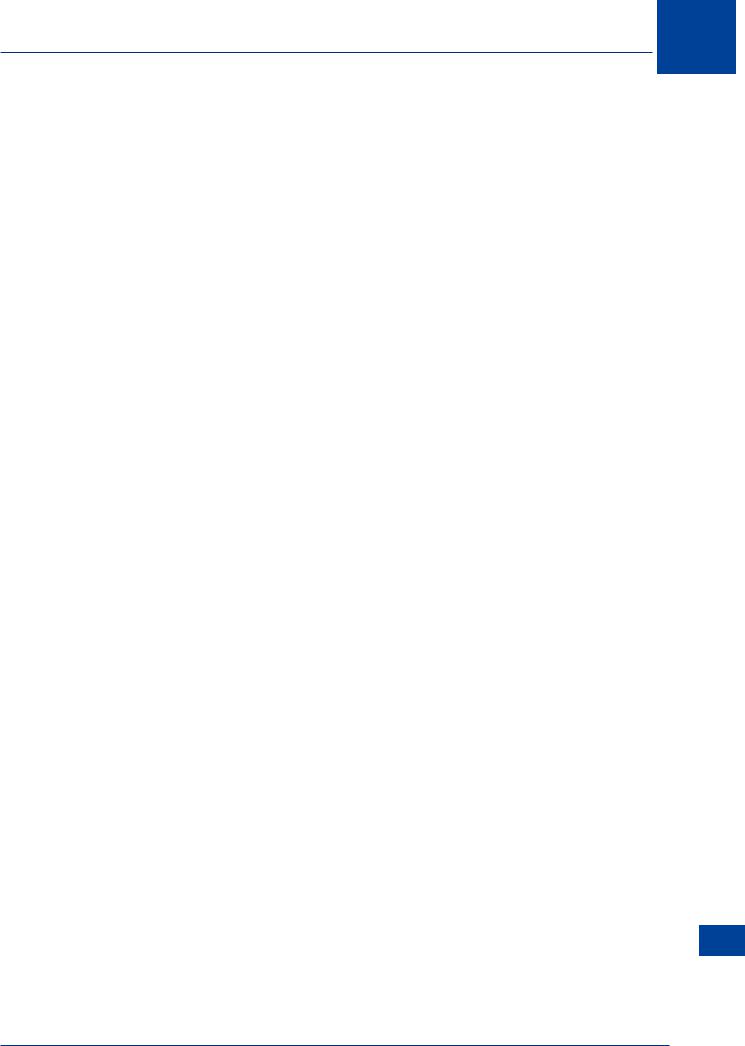
Addendum – EASA Part-FCL & Part-MED 28
Pass Standards
The pass mark for an examination is 75%. There can be no penalty marking.
All examinations for a particular licence or rating must be passed within 18 months counted from the end of the calendar month of the first attempt.
If an applicant fails to pass one of the examination papers within 4 attempts, or has failed to pass all papers within either 6 sittings or the above 18 months, he/she must re-take the complete set of examination papers. Furthermore, he/she must undergo further training at an ATO as determined by that organization.
Validity
LAPL(A) and PPL(A) – 24 months from the day of successful completion of the examinations.
CPL(A) and IR(A) - 36 months from the day of successful completion of the examinations
ATPL(A) – 7 years from the last validity date of an IR entered in the licence.
Practical skills test
Except in the case of applicants undergoing an integrated flying course, a practical skills test for a licence, rating or certificate cannot be undertaken until the applicant has passed the required theoretical examinations.
In any case, the theoretical instruction must always have been completed before any practical skills test can be undertaken.
5.5Crediting of Flight Time & Theoretical Knowledge
Crediting of flight time
Pilot in command or under instruction.
An applicant for a licence, rating or certificate shall be credited in full with all solo, dual instruction or PIC flight time towards the total flight time required.
A graduate of an Airline Transport Pilot integrated course can be credited with up to 50 hours of student PIC instrument time towards the PIC time required for an ATPL(A), CPL(A) and multi-engine Type or Class Rating. The same applies to a graduate of a CPL/ IR integrated course towards a CPL(A) and multi-engine Type or Class Rating.
Higher grade of licence
Flight time as a co-pilot - the holder of a pilot licence, when acting as co-pilot or PICUS, is entitled to be credited with all of the co-pilot time towards the total time required for a higher grade of licence.
Crediting of theoretical knowledge
An applicant having passed the ATPL(A) examinations is credited with the examinations required for an LAPL(A), PPL(A) and CPL(A).
An applicant having passed the CPL(A) examinations is credited with the examinations required for an LAPL(A) and PPL(A).
An applicant having passed the IR theoretical examinations is credited with those examinations required for an IR in another category of aircraft.
28 Addendum – EASA Part-FCL & Part-MED
541
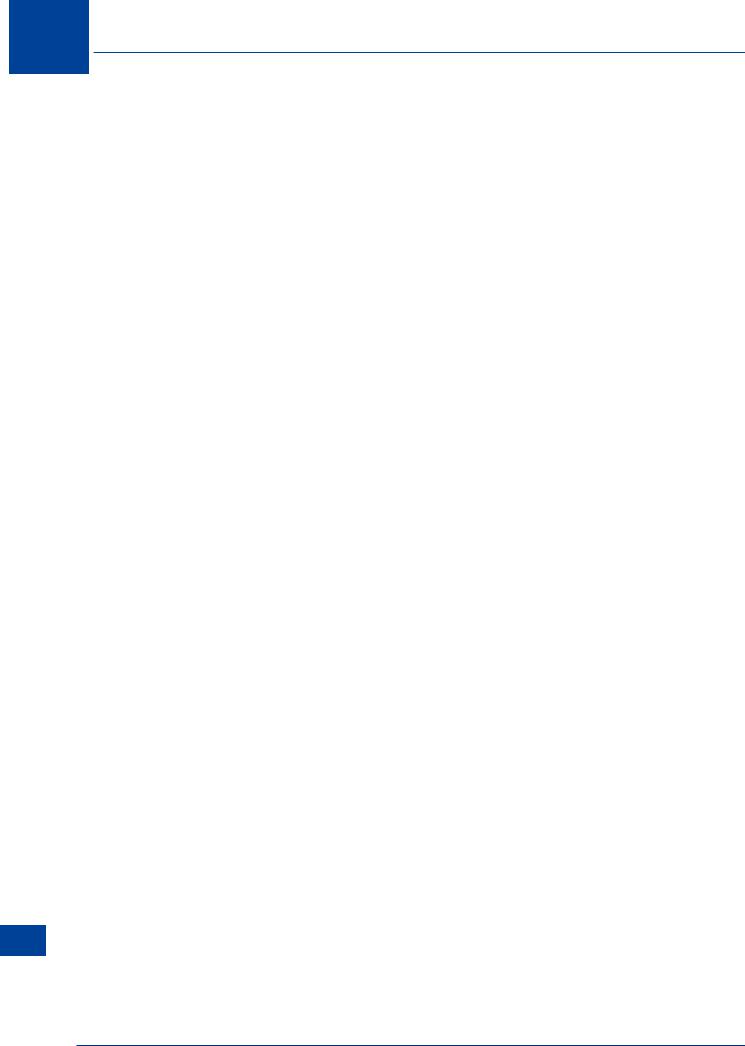
28 Addendum – EASA Part-FCL & Part-MED
28 MED-Part & FCL-Part EASA – Addendum
5.6Excise of the Privileges of Licences
The exercise of the privileges granted by a licence shall be dependent upon the validity of the ratings it contains and of the medical certificate.
5.7.Obligation to Carry and Present Documents
While excising the privileges of his/her licence a pilot must always carry his/her :
•Licence
•Medical certificate
•Identification document containing his/her photograph
and is obliged, without undue delay, to present his/her flight time record when requested by an authorized representative or a competent authority.
5.8Recording of Flight Time
All pilots must keep a reliable record of the details of all flights flown in the manner established by the competent authority.
5.9Language Proficiency.
English language proficiency is graded by EASA as follows:
Expert – Level 6
Extended – Level 5
Operational – Level 4
All pilots must have attained a language proficiency in English to the standard of Operational (level 4) and this must be endorsed in the licence.
Pilots must be re-evaluated every:
4 years - if level 4 (Operational) is held
6 years – if level 5 (Extended) is held
Should a pilot have attained level 6, re-evaluation is not necessary.
5.10Recent Experience
A pilot is not to operate an aircraft in commercial air transport or carry passengers:
As PIC or Co-pilot
unless he/she has carried out, in the preceding 90 days, at least 3 take-offs, approaches and landings in an aircraft of the same type or a Full Flight Simulator (FFS) representing that type or class.
As PIC at night
unless he/she has carried out in the preceding 90 days at least 1 take-off, approach and landing at night as a pilot flying in an aircraft of the same type or a Full Flight Simulator (FFS) representing that type or class
or
holds an Instrument Rating.
542
